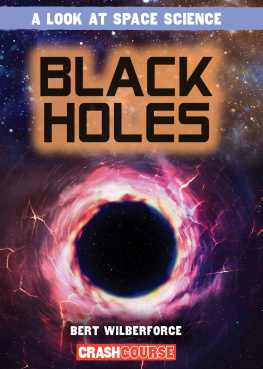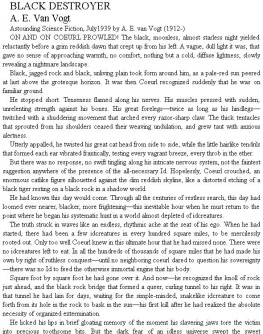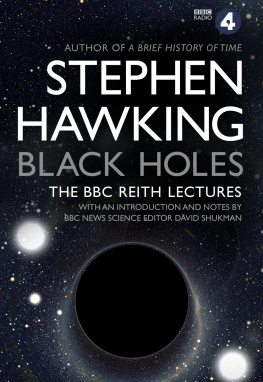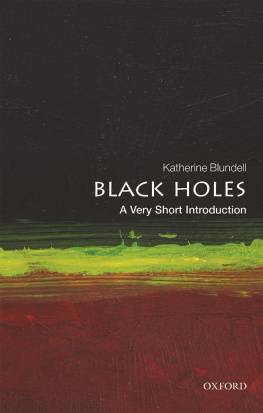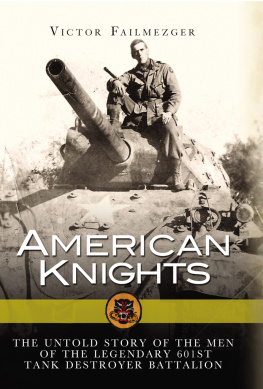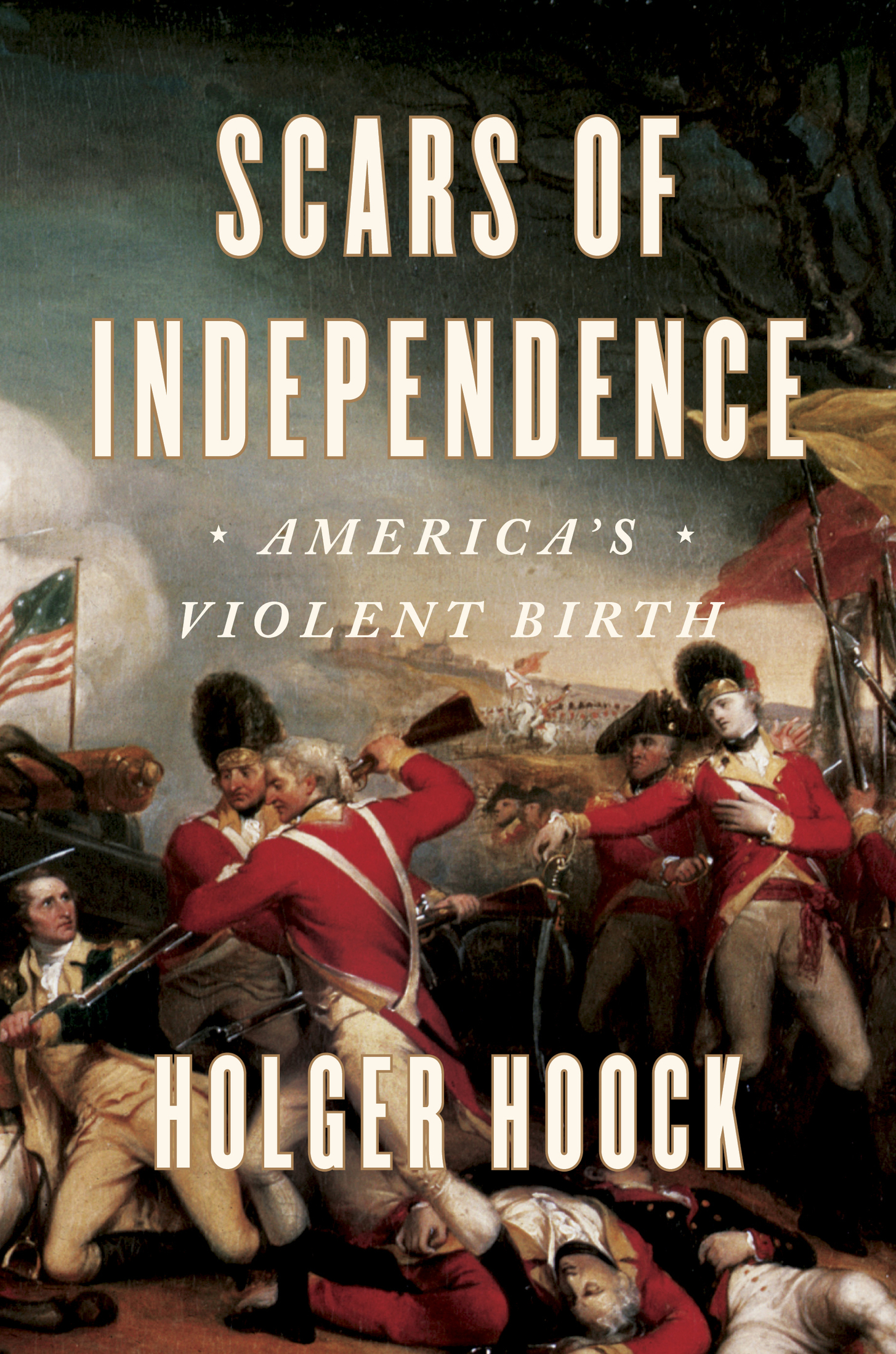M ORE P RAISE F OR
S CARS of I NDEPENDENCE
It is difficult to extricate the Revolutionary War from the romance of national mythology, but Holger Hoock offers an important correction in Scars of Independence, the first book to examine the tragic and shocking role of violence in the conflict.
A NDREW OS HAUGHNESSY , U NIVERSITY OF V IRGINIA, AUTHOR OF T HE M EN W HO L OST A MERICA
Scars of Independence is a brilliant, comprehensive history of the Revolutionary War that accents how this bloody and destructive conflict touched the lives of ordinary men and women. Holger Hoocks account goes beyond well-known Founding Fathers at war to show the violence and terror that befell soldiers and civilians on both sides. This is an important book that should be read by all who seek a better understanding of the true nature of Americas War of Independence.
J OHN F ERLING, AUTHOR OF W HIRLWIND: T HE A MERICAN R EVOLUTION AND THE W AR T HAT W ON I T
War, by definition, is about violence, but Holger Hoocks brilliantly written book is perhaps the first to use violence as its main focus for understanding the War of American Independence. He highlights some truly shocking instances of violenceon both sidesin a gripping (if at times stomach-churning) account. All students of the American Revolution and its war should read this book.
S TEPHEN C ONWAY , U NIVERSITY C OLLEGE L ONDON, AUTHOR OF T HE B RITISH I SLES AND THE W AR OF A MERICAN I NDEPENDENCE
[A] fresh approach to a well-trod subjectDeeply researched and buttressed by extensive useful endnotes, this is history that will appeal to both scholars and general readers. The author presents his grim narrative in language that is vivid without becoming lurid.An accomplished, powerful presentation of the American Revolution as it was, rather than as we might wish to remember it.
K IRKUS R EVIEWS , STARRED REVIEW
Copyright 2017 by Holger Hoock
All rights reserved.
Published in the United States by Crown, an imprint of the Crown Publishing Group, a division of Penguin Random House LLC, New York.
crownpublishing.com
CROWN is a registered trademark and the Crown colophon is a trademark of Penguin Random House LLC.
Map and illustration credits can be found on .
Library of Congress Cataloging-in-Publication Data
Names: Hoock, Holger, author.
Title: Scars of independence : Americas violent birth / Holger Hoock.
Description: First edition. | New York : Crown Publishing, 2017. | Includes bibliographical references.
Identifiers: LCCN 2016031348 (print) | LCCN 2016031740 (ebook) |
ISBN 9780804137287 (hardcover) | ISBN 9780804137300 (pbk.) | ISBN 9780804137294 (eISBN) | ISBN 9780804137294 (ebook)
Subjects: LCSH: United StatesHistoryRevolution, 17751783Social aspects. | United StatesHistoryRevolution, 17751783Influence.
| ViolenceUnited StatesHistory18th century. | United States
Civilization17831865. | National characteristics, American.
Classification: LCC E209 .H657 2017 (print) | LCC E209 (ebook) | DDC 973.3/1dc23
LC record available at https://lccn.loc.gov/2016031348
ISBN9780804137287
Ebook ISBN9780804137294
Cover design by Elena Giavaldi
Cover art: John Trumbull (photo by Francis G. Mayer)
v4.1
a
For Helen and Florian Frederick




S cars of Independence is a history of violence. It is the first book on the American Revolution and the Revolutionary War to adopt violence as its central analytical and narrative focus. As such, it tells the story of combatants, captives, and civiliansmen and women, famous and lesser-knownwho experienced violence as perpetrators, witnesses, and victims. Scars of Independence is also a story about stories: narratives of persecution and suffering, barbarity versus civilization, retaliation and reconciliation, that accompanied physical and psychological violence. Those who lived through these tumultuous times created such narratives to make sense of their violent struggles and foster allegiance to their respective causes.
In recovering the experience of violence in its many formsand the physical, emotional, and intellectual responses of people living with itwe must recognize that accounts of brutality and suffering make for powerful rhetoric, not least, as the scholar Rachel Cleves points out, because the spectacle of violenceboth repels and attracts us. Indeed, fierce words can be weapons in their own right. Striving for adequate ways to write about such sensitive topics, I have found inspiration in Marcus Redikers painful, brilliant history, The Slave Ship, and his admonition that we not be guilty of the violence of abstraction, of counting and thereby dehumanizing a reality that must, for moral and political reasons, be understood concretely. As Wayne E. Lee, a specialist on the cultural history of war and violence, also reminds us, Academic history rarely does justice to the blood, sweat, fear, and voided bowels of wars violence. On the other hand, mere stories rarely convey the complexity of the situations in which humans find themselves willing to kill or forced to die. In writing this book for a general audience as well as for fellow historians, I have sought to develop my arguments through narrative and episodic example as much as through abstract analysis. The book is based on fresh research in archives across the U.S. and U.K. and among printed sources, as well as on extensive scholarship about the American Revolution. It traces the broad chronological contours of the Revolution, but I have not attempted to offer a comprehensive survey of the Revolution, of the war, or even of violence in this period. Instead, I have chosen to focus on the key dynamics of political and military violence involving American Patriots and Loyalists, African-Americans and Native Americans, Britons and their German auxiliaries.
For over two centuries, this topic has been subject to whitewashing and selective remembering and forgetting. While contemporaries experienced the Revolution as frightening, messy, and divisive, its pervasive violence and terror have since yielded to romanticized notions of the nations birth. In painting an unvarnished portrait of Revolutionary-era violence, we can shed new light on how participants understood their struggles and how survivors and subsequent generations have remembered and mis-remembered the conflict.


